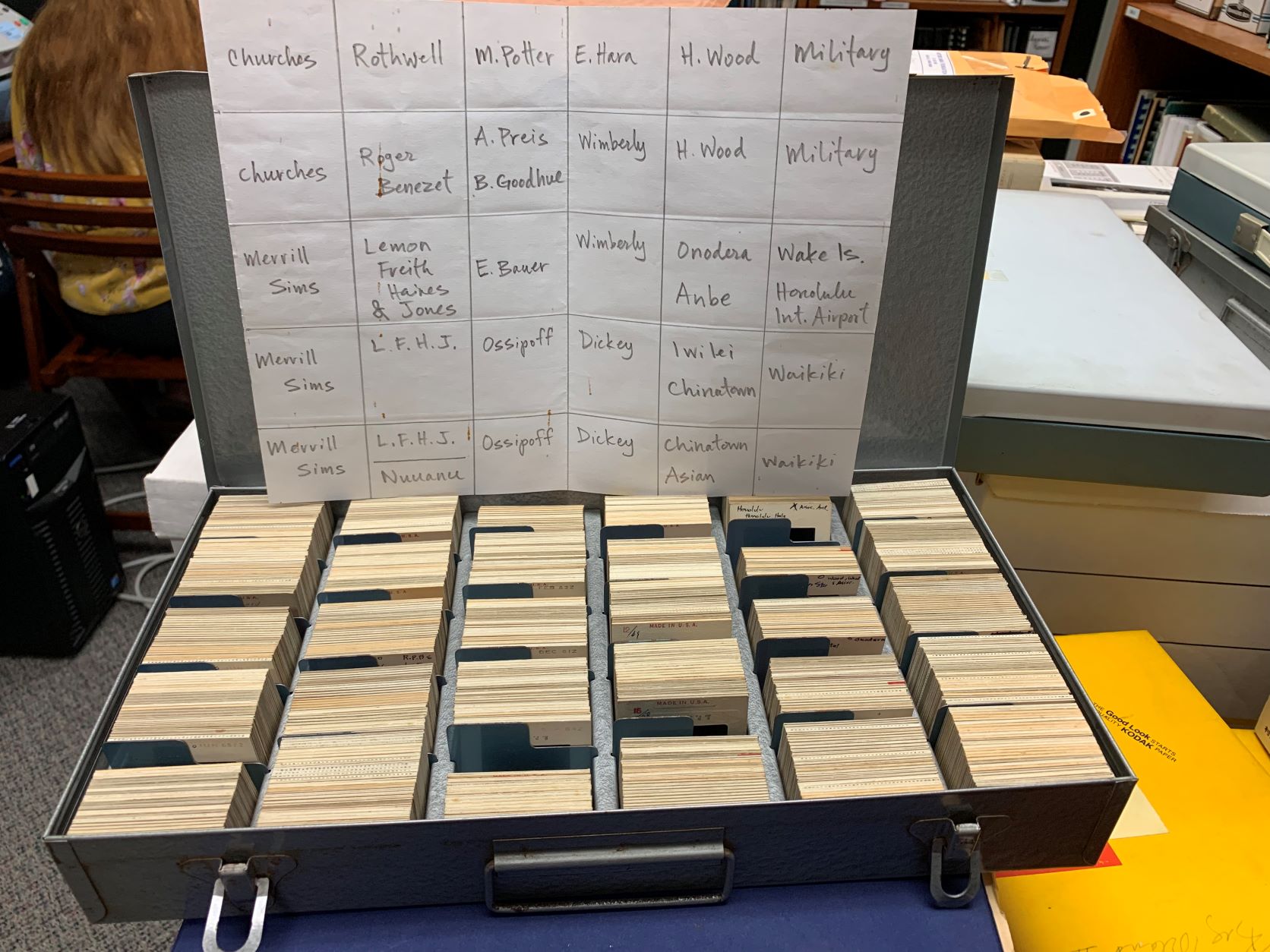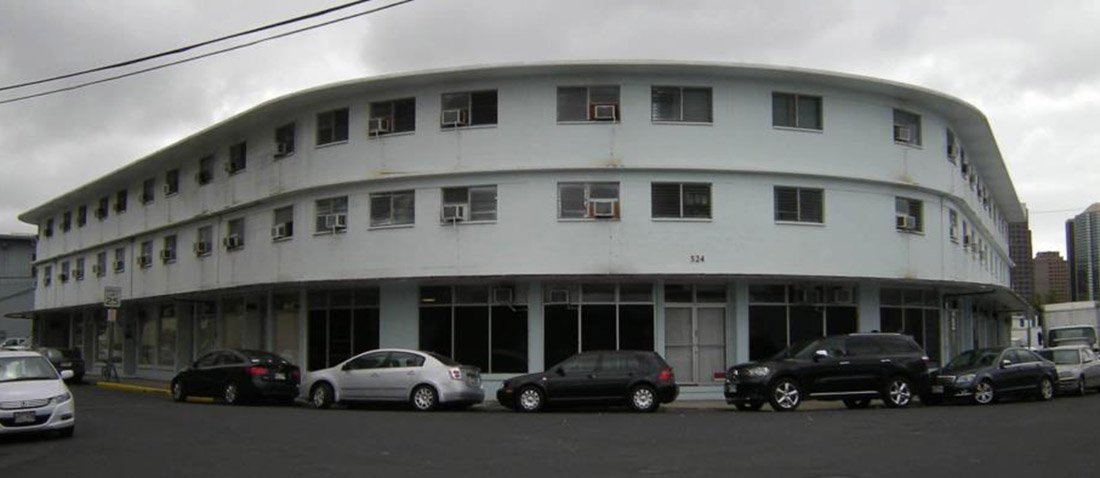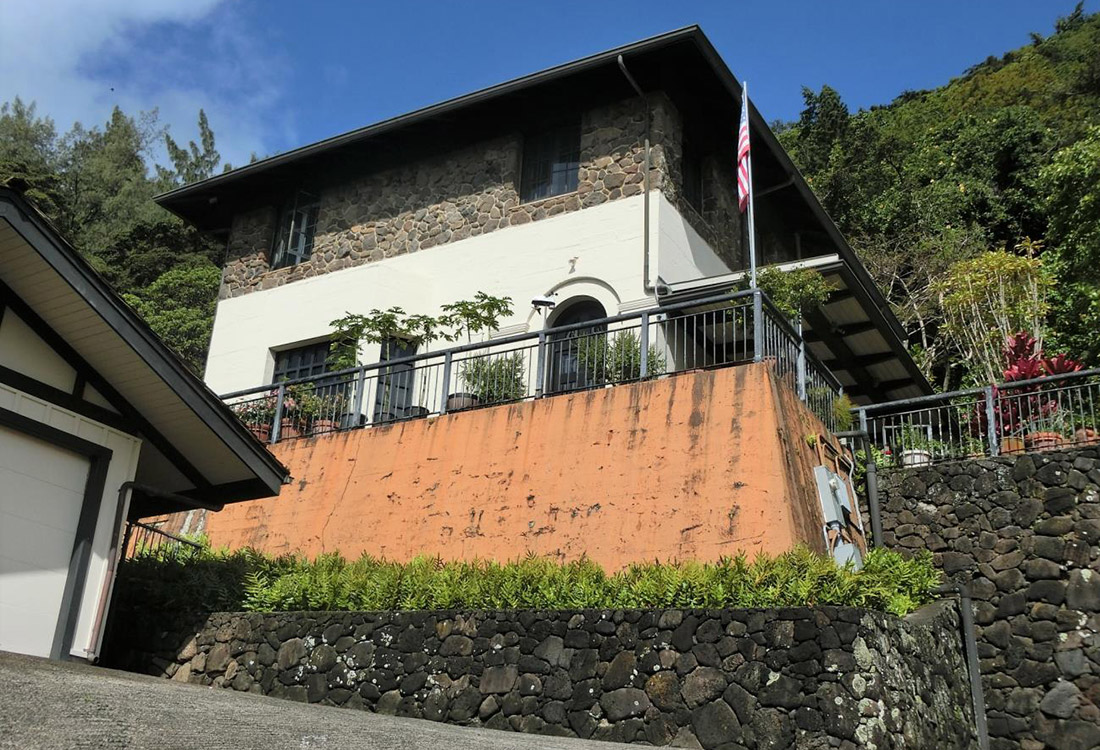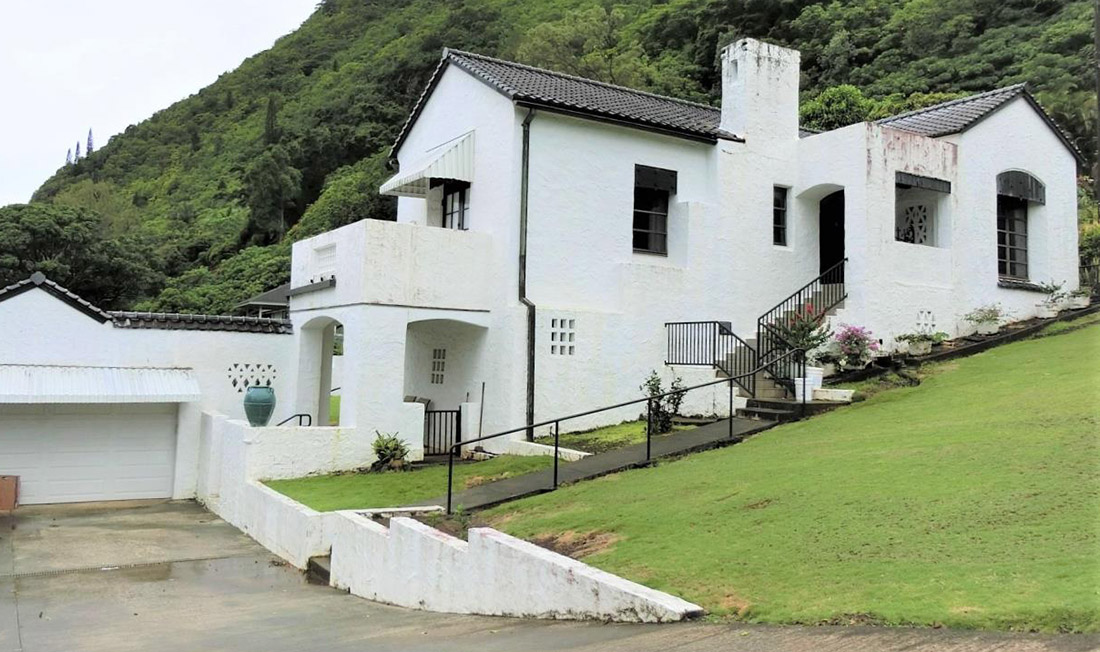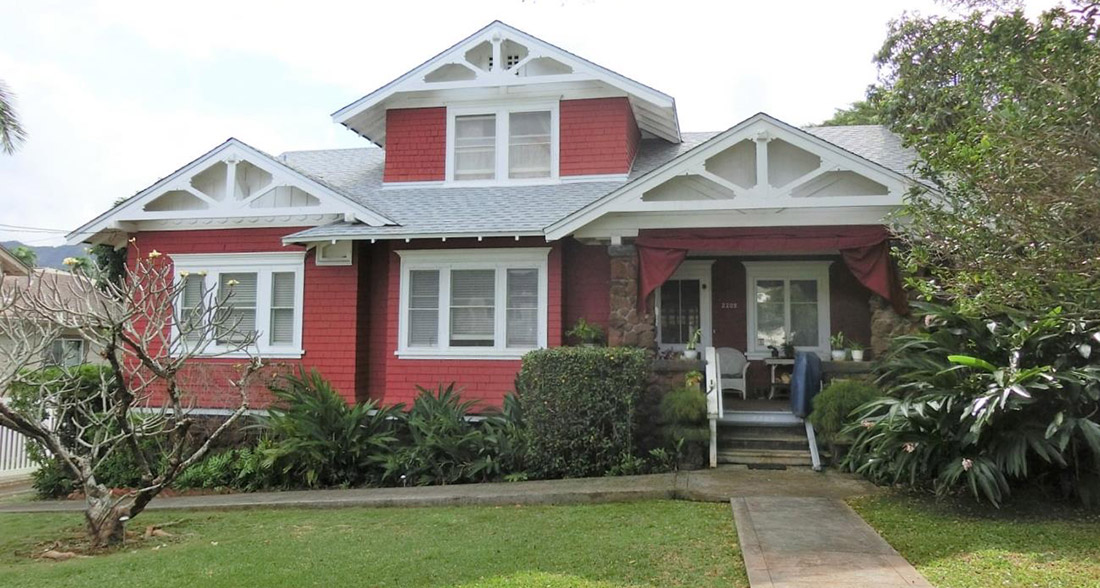Digitization of Bannick Collection Advances with New Partnerships
State Archivists with HHF's donation to the Bannick Collection. 12/2/2021: In 2019, Historic Hawai‘i Foundation donated a unique collection of photographs, slide transparencies and photo negatives to the Hawai‘i State Archives. Hundreds of images of places and people in Hawai‘i and the Pacific Islands were included in the collection. The estate of Nancy Bannick donated the collection to HHF in 2008. At the time, the executors first offered the images to local archives, but none of the public archives were in a position to receive the collection. Historic Hawai‘i Foundation agreed to accept the files that would otherwise have been discarded. “Although HHF has some capacity to care for archival collections, it is not the organization’s core competency or purpose,” said Kiersten Faulkner, HHF executive director. “We decided to accept the images as important records that would otherwise be lost, with the intention to transfer them to an appropriate long-term caretaker when one could be identified. We are pleased that State Archives is now in a position to accept the donation.” Nancy Bannick in 2006. Nancy Bannick was the Hawai‘i editor for Sunset Magazine in the 1960s-1970s. She traveled the Islands and around the Pacific taking photographs of people, places and events with a particular focus on scenic, historic, cultural and natural resources. She was a charter member of Historic Hawai‘i Foundation and extremely active in the arts and cultural organizations in Honolulu. Bannick served as an inspirational role model to volunteers for over 50 years until her passing in February 2008. She was known for her steadfast fight to preserve Honolulu’s historic Chinatown, the Waikīkī War Memorial Natatorium and Kapi‘olani Park. Bannick was also a life-long champion of the arts [...]


